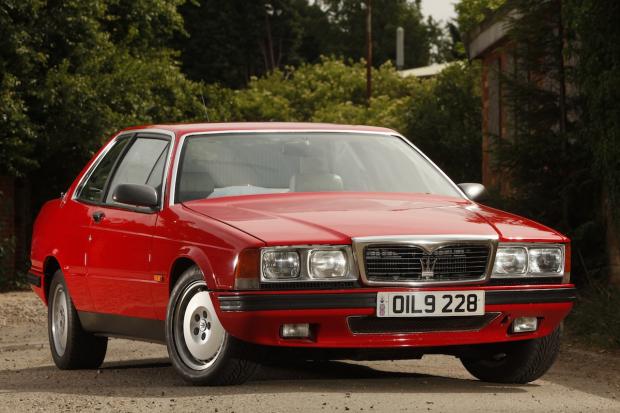
Styled by Pierangelo Andreani – who also worked for the then parent company De Tomaso – Maserati’s Biturbo was built to plug a gap in the Italian market for a high-performance 2-litre car that avoided the heavy tax levied on larger-engined vehicles.
It was to provide four usable seats, luxury fixtures and fittings, plus performance that could match – if not better – the best from Germany.
The Biturbo fitted the brief well. Its unconventional elegance meant that the Maserati offered more space than most GTs, better still the aggressive looks offered a hint of the performance on tap.

And there was plenty of it. The Maser featured the world’s first production twin-turbocharged engine, which mixed impressive in-gear performance with an unpredictable power delivery that could catch out the unwary.
The Biturbo would be built from 1981-2001, with a bewildering 53 different variants offered over its lifetime.

Not many were brought to the UK, though, with no more than 500 cars being officially imported, and who knows how many of those ended up in a hedge?




